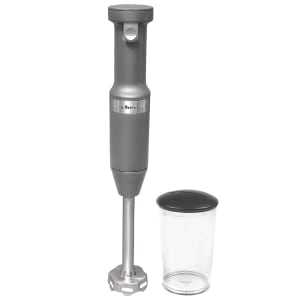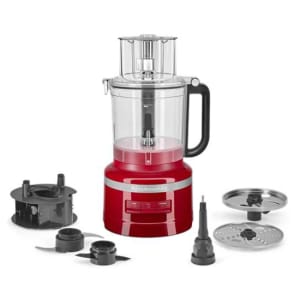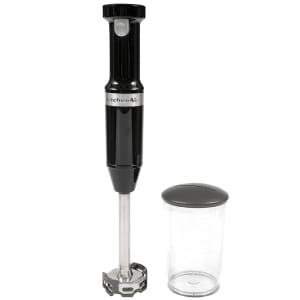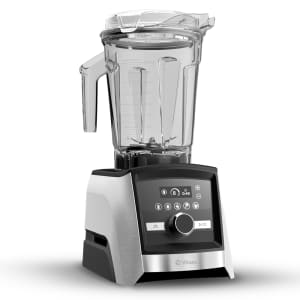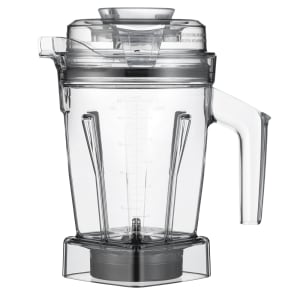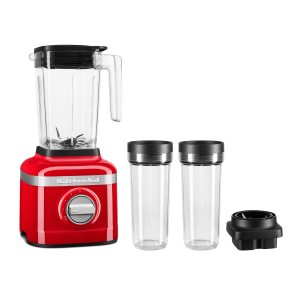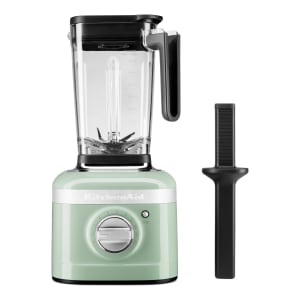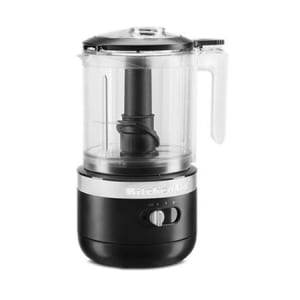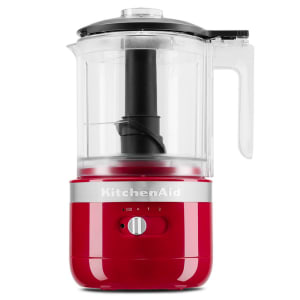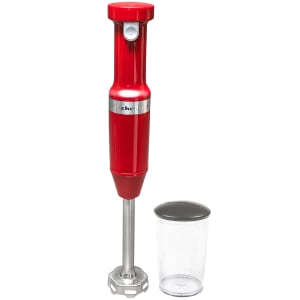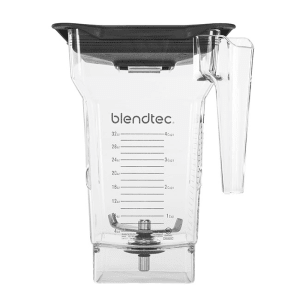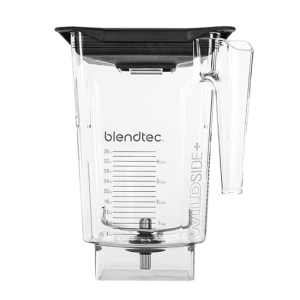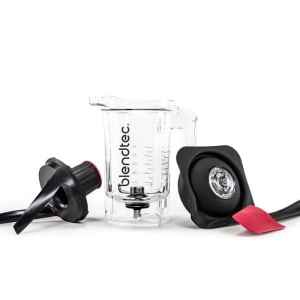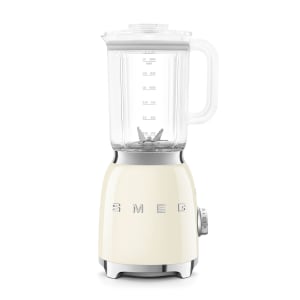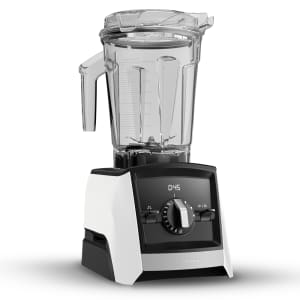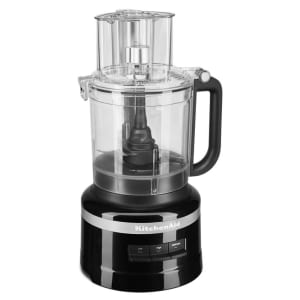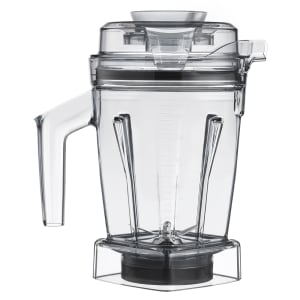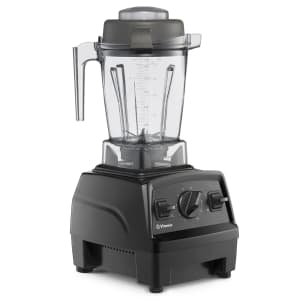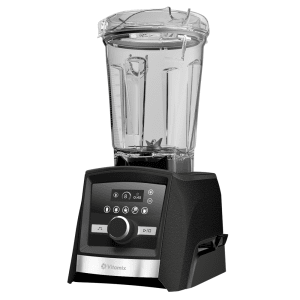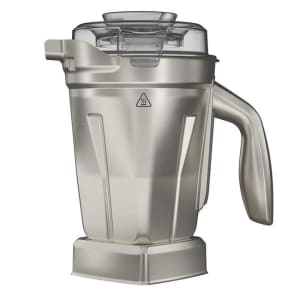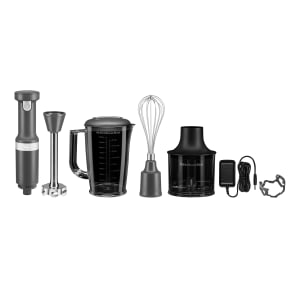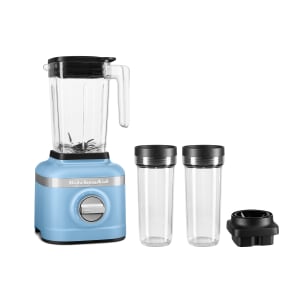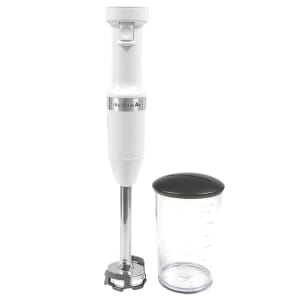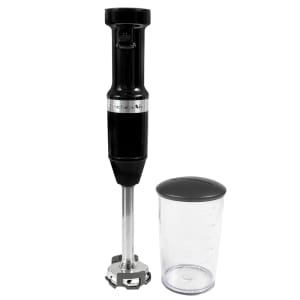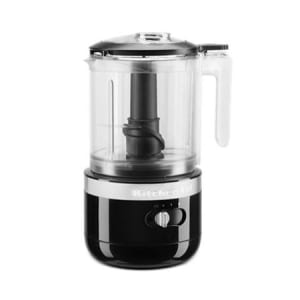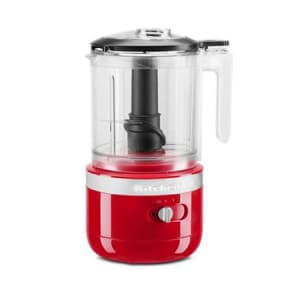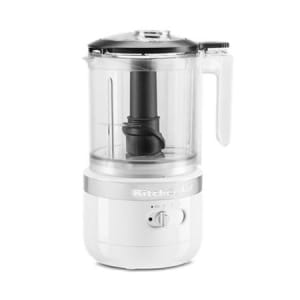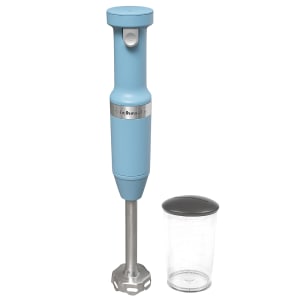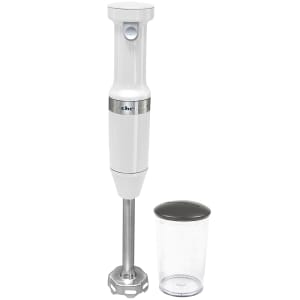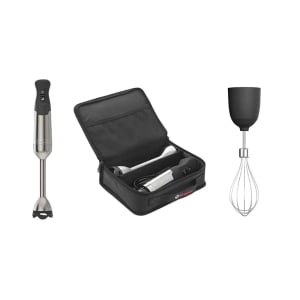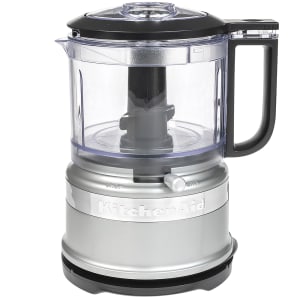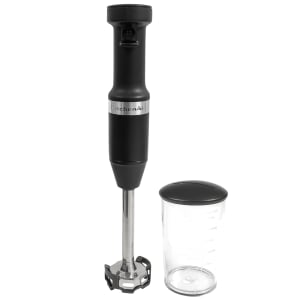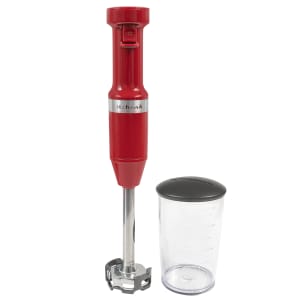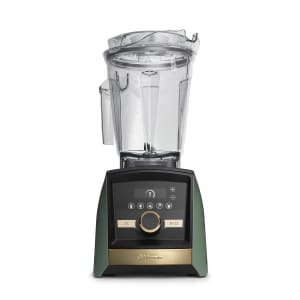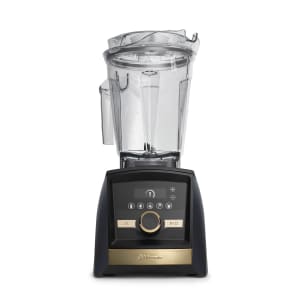Residential Food Processors & Blenders
Food processors and blenders simplify the preparation of sauces, soups, mixed drinks, and more. Home food processors ideally are used to achieve a mostly solid final product, while home blenders achieve the opposite. More
Food Processors and Blenders: What You Need to Know
Food processors and blenders add convenience and simplicity to almost any cooking project in your residential kitchen, whether you're using a blender to mix crushed ice and tequila into a margarita or using a special disc attachment with your food processor to shred cheese for pizza.
Common Questions About Home Blenders
What is the difference between a food processor and a blender?
Both types of units include a motor that turns a blade at the base of an external container. The difference lies mainly in the type of blade and the shape of the container. While there is some overlap in functionality, blenders generally are used for recipes that require smooth consistency, while food processors work best when your desired final product retains it's structure.
A blender can handle mixing solids such as fruit or ice, provided they are immersed in liquid. A funnel shape creates a vortex that pulls these solids down to the blades.
Food processors use sharp blades to chop solid foods. Extra attachments, such as discs that sit at the top of the bowl, enable more functions. For most processors, users force food down into the spinning disc using a pusher.
Blenders include pitchers or smaller blending cups along with blunt blades that spin faster than those included with food processors.
Container capacities for both units range between about 15 ounces and a gallon.
Food processors come with multiple interchangeable bowls, enabling cooks to change quickly between multiple functions.
Do I need both a blender and a food processor?
Because blenders and food processors are used primarily for different functions, they're not completely interchangeable. Some blenders may come with a container that can process dry items, though. In many cases, a handheld immersion blender coupled with the right attachments can accomplish the same functions as both traditional food processers and blenders.
What is a blender used for in the kitchen?
Blenders are designed to blend a mixture of liquids and solids to a smooth consistency. They can be used to prepare items such as milkshakes, smoothies, purees, and soups.
How is the pulse button used?
The pulse button featured on some blenders and electric food processors lets users select the fastest speed in short bursts. When the button is released, the blade stops. The pulse button on blenders is ideal for quickly crushing ice that only reaches the blade when it is stopped. On food processors, the pulse button provides powerful cutting without running long enough to turn vegetables or other items into a puree.
What food processor accessories are available?
Electric food processor accessories include pushers, discs and blade attachments that enable slicing, julienning, beating, kneading, and more.
What blender accessories are available?
Blender accessories include scrapers, weighing scales, and tampers that help circulate ingredients.
Can I completely fill my blender?
Blenders work best at less than three-quarters capacity. Filling them more than this could lead to overflow when the blending vortex is created. If you're mixing in solids, you'll likely need to fill to at least half capacity to allow for an adequate amount of liquid. Food processors don't create an upward vortex and can handle solids on their own, so their full capacity can be used.
Can I use these products in a commercial kitchen?
These food processors and blenders are designed for residential use. While they can be used in a commercial kitchen, doing so typically voids any warranties.

